One and Only
What options are available for
conventional orthodontic brackets?
What options are available for conventional orthodontic brackets?

Damon braces
Damon Clear, a bracket manufactured by the renowned American company ORMCO, known for orthodontic materials, is made entirely of ceramic material, including the cap that secures the wire in place. Utilizing a self-ligation mechanism, it exhibits minimal friction, facilitating swift teeth movement. Absence of metal grants it a closer resemblance to the natural tooth color, rendering it aesthetically superior. In addition, its rounded design, free from sharp edges, minimizes discomfort within the mouth.
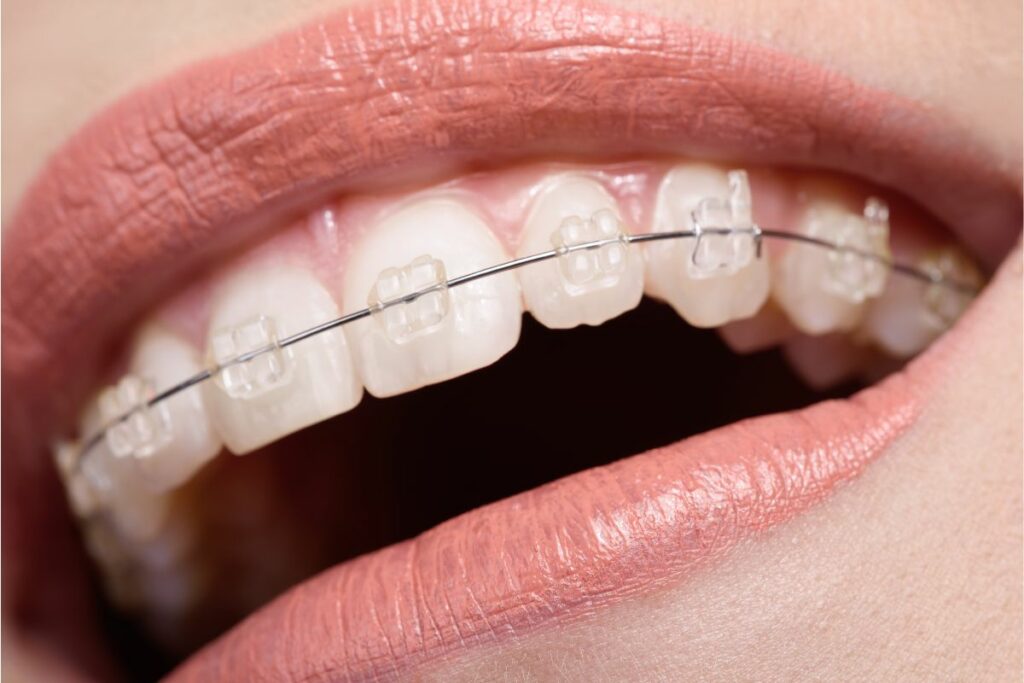
Ceramic Braces
Ceramic brackets, made of a transparent ceramic material that closely resembles the color of teeth, are aesthetically superior compared to metal. We use self-ligating ceramic brackets and 3M’s Clarity brackets from the United States.
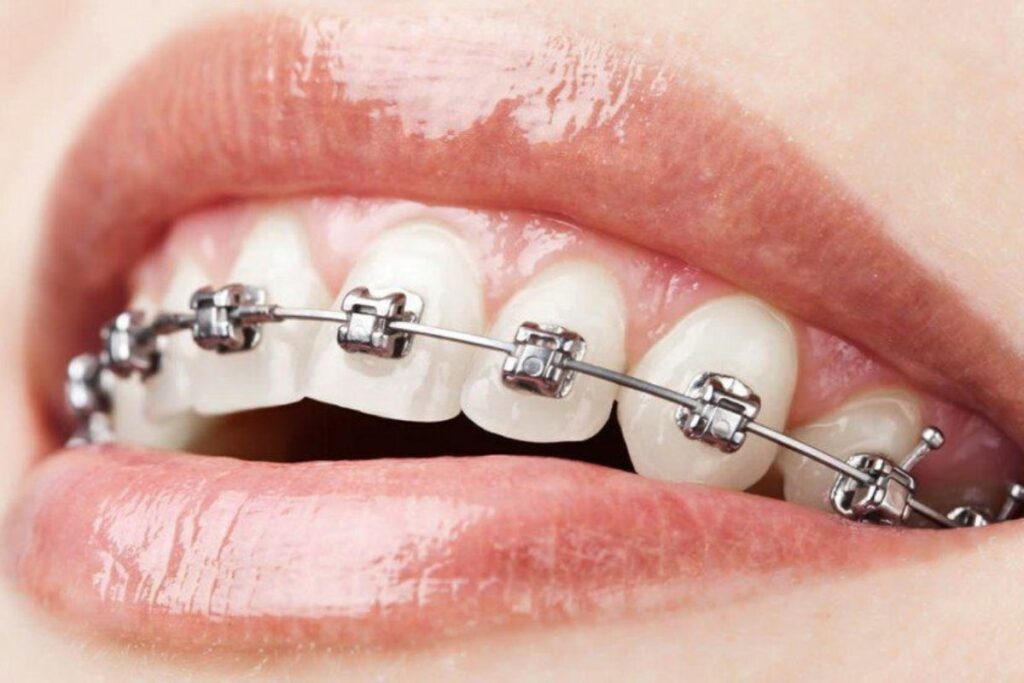
Metal Braces
The metal bracket, made of stainless steel, is an orthodontic device that was developed early in the field of orthodontic treatment and has been widely used for a long time. It is durable, not easily damaged, and relatively economic.
What are some common
orthodontic problems?
What are some common orthodontic problems?
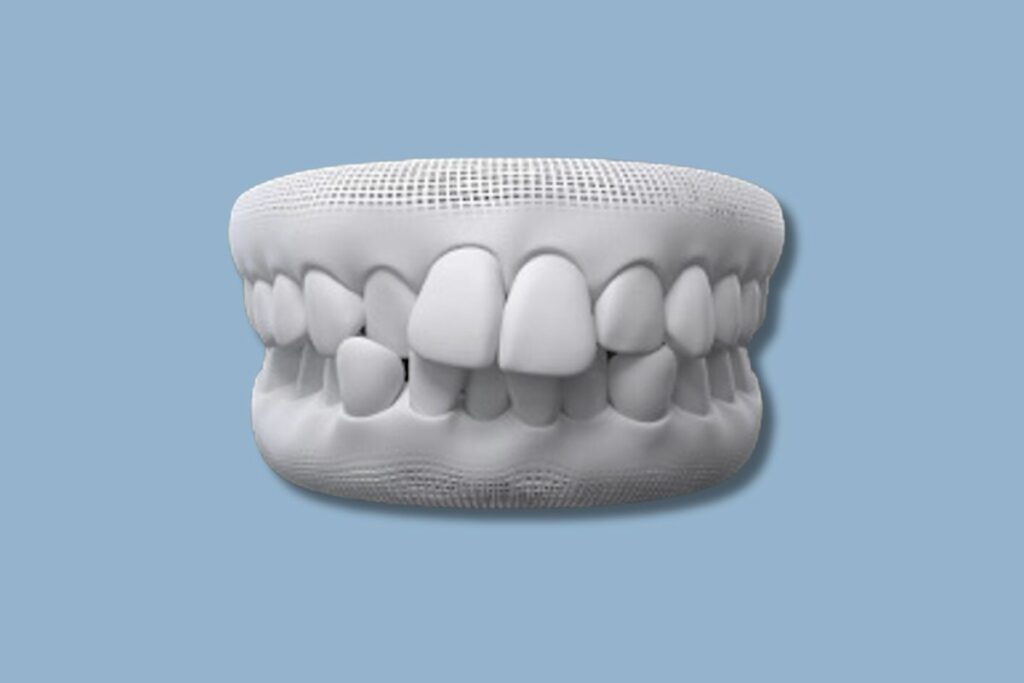
Crowding
Crowding or misaligned teeth can appear when the jaw is smaller compared to the size of the teeth. If there are misaligned teeth, it is difficult to brush them properly, which can lead to cavities or gum diseases. Orthodontic treatment is recommended to prevent these issues and can also be done for esthetic purposes.
DEEP BITE, SMALL LOWER JAW
An overbite means when the upper teeth excessively overlap the lower teeth. Overbite can often accompany an underdeveloped lower jaw, known as retrognathia. Early diagnosis and treatment are recommended as it can hinder the growth of the lower jaw.
The harmful biting force of an overbite can quickly wear down the upper and lower front teeth and it can cause severe gum recession or even root resorption.
Furthermore, an overbite can lead to temporomandibular joint pain, and the lower teeth biting on the roof of the mouth can cause swelling and discomfort in the palatal mucosa.
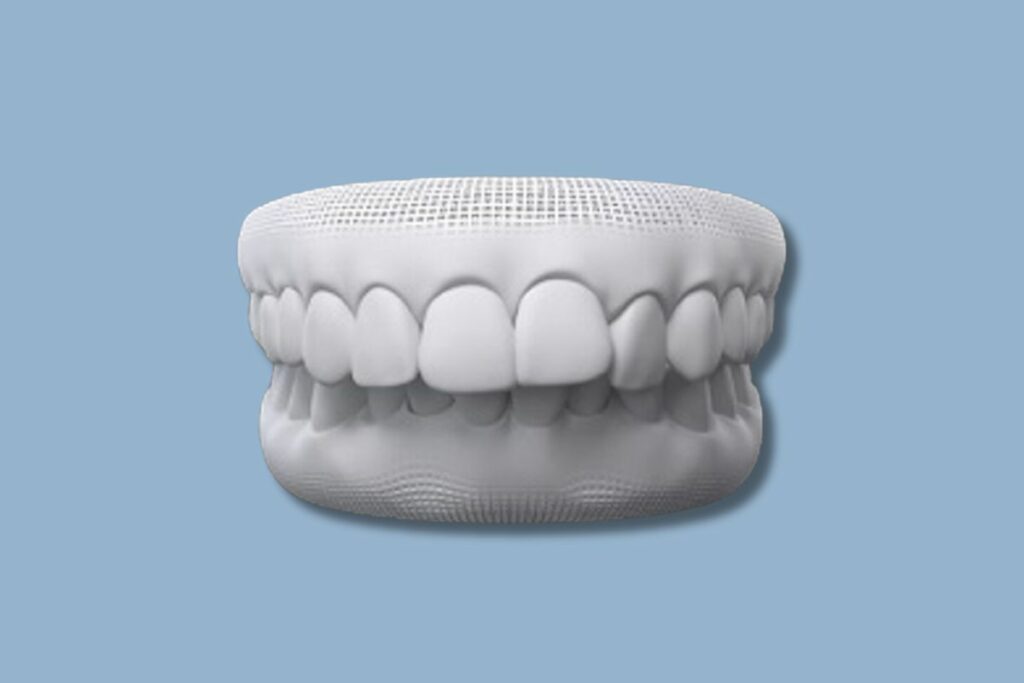
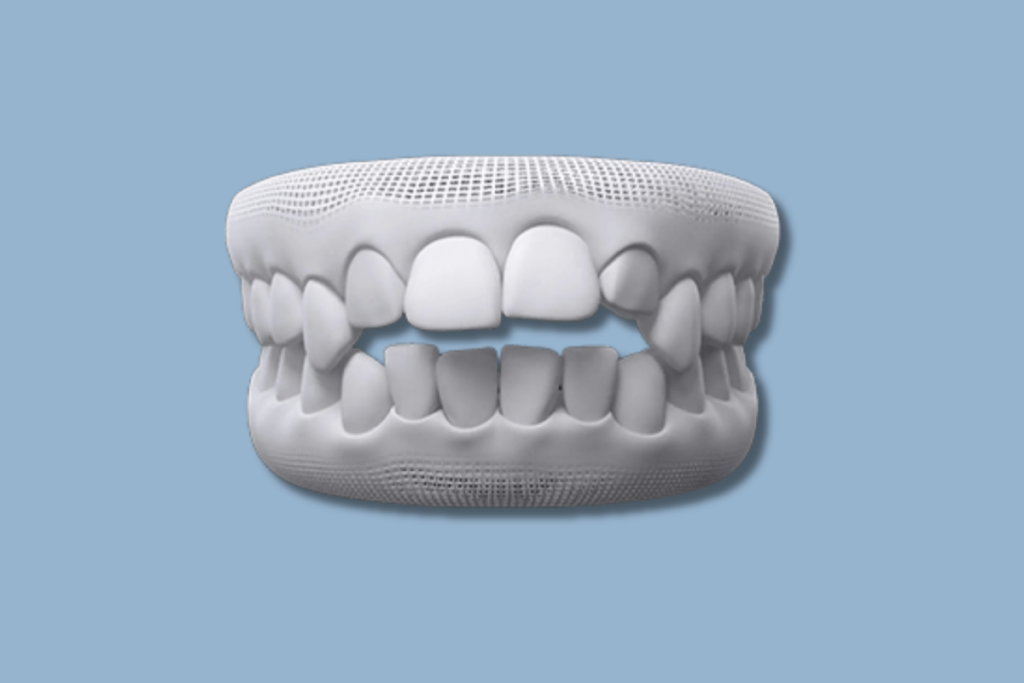
OPENBITE
An open bite refers to a dental condition where there is a gap or space between the upper and lower front teeth when the back teeth are biting down together. Habits like tongue thrusting, finger sucking, and mouth breathing can cause an open bite, making early diagnosis and treatment essential. Additionally, open bite can lead to difficulties in eating, speech problems, mouth breathing, temporomandibular joint disorders, and psychological complications, leading to an overall imbalance in one’s health.
Crossbite
A crossbite is characterized by the lower teeth protruding further forward than the upper teeth, causing them to meet in an opposite manner. In growing children, having a crossbite can interfere with the normal growth of teeth and the surrounding jawbone. It can particularly lead to jaw misalignment or facial asymmetry if left untreated; therefore, immediate diagnosis and treatment are imperative when a crossbite is detected to prevent such problems.


Underbite
When the lower jaw grows excessively compared to the upper jaw, it results in a condition known as prognathism or a big lower jaw. In most cases, it is accompanied by a crossbite. In cases of prognathism, early diagnosis is extremely important. If the appropriate treatment window is missed, corrective jaw surgery may be necessary in the future.
why is early orthodontic treatment important for kids?
The American Association of Orthodontists recommends children have their first orthodontic exam at the age of 7.
Orthodontic care during childhood and adolescence is crucial for oral health. It involves not only straightening misaligned teeth but also promoting harmonious growth of the upper and lower jaws. It also addresses a wide range of treatment aspects, including resolving parafunctional habits (tongue thrusting, finger sucking, mouth breathing) that can lead to malocclusion.
Since it’s a time of growth and change, orthodontic treatment during this period can be particularly effective. Utilizing the forces of growth, orthodontic corrections can be made. Moreover, treatment can be conducted before the appearance changes that come with maturity, allowing for improvements in facial aesthetics before adolescence.
Orthodontic treatment during the growth phase takes advantage of the changing and developing facial bones. As the facial bones are growing, the treatment tends to be more effective because we can utilize the force of growth to facilitate orthodontic correction. Furthermore, we can address issues before the appearance matures, allowing for the potential improvement of facial features before the growth is complete.
CASE
phase i for kids


Crossbite·Prognathic Lower Jaw
(Treatment Time: 12 Months)
Hyrax + Ceramic braces


Crowding·Non-Extraction
(Treatment Time: 23 Months)
Hyrax + Ceramic braces


Crowding·Non-Extraction
(Treatment Time: 22 Months)
Hyrax + Ceramic braces
Crowding·Non-Extraction
(Treatment Time: 22 Months)
DAMON BRACES

Crowding·Non-Extraction
(Treatment Time: 20 Months)
Ceramic braces

Crowding·Partial Braces
(Treatment Time: 5 Months)
Surgical orthodontics

Asymmetrical Face·Deviated Chin
(Treatment Time: 9 Months)
Surgical orthodontics




